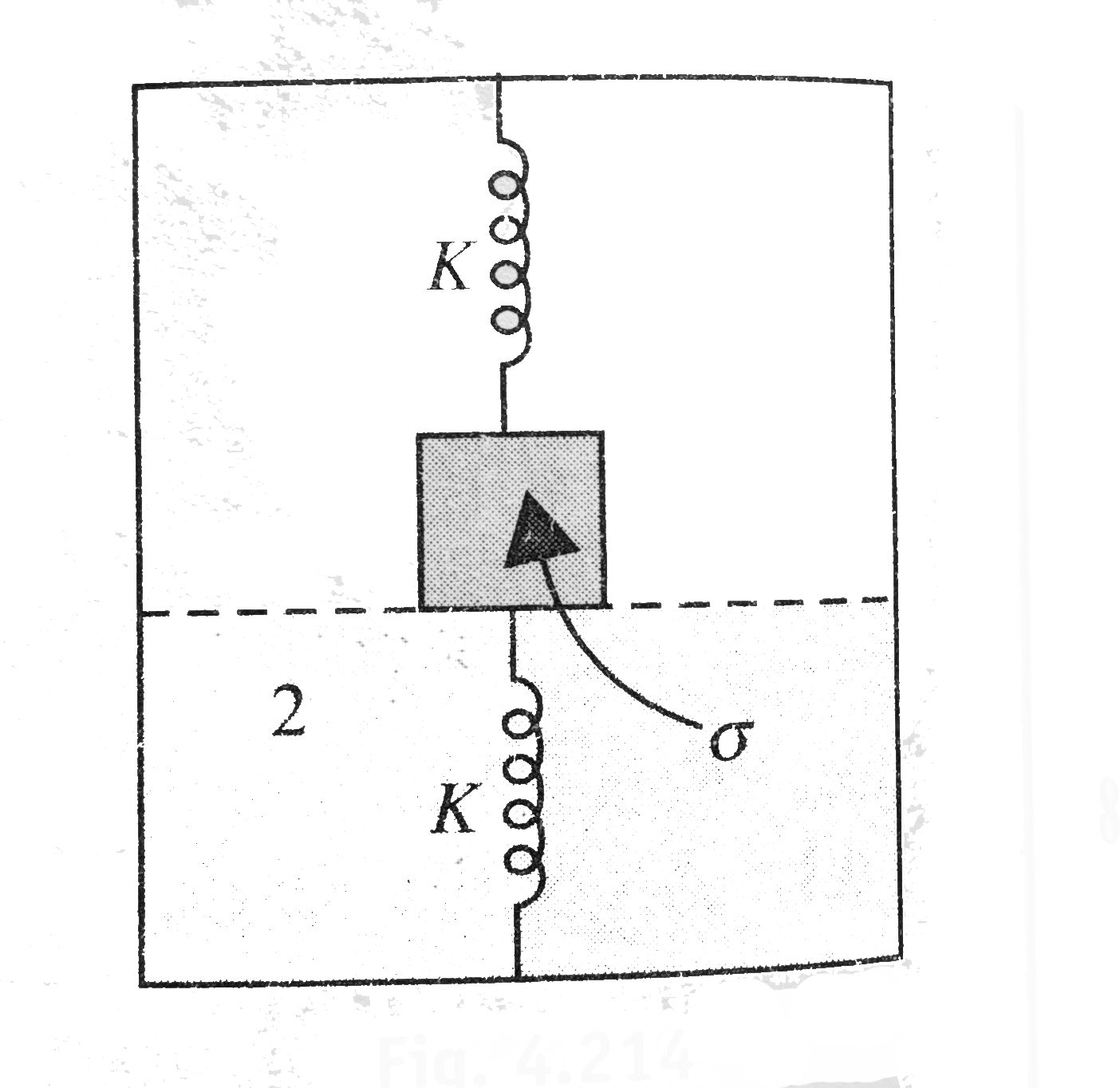If an object is less dense than the fluid in which it is placed it will .......................... (sink in/ float on) the fluid.
To solve the question, we need to understand the relationship between the density of an object and the density of the fluid in which it is placed. Here’s a step-by-step breakdown of the solution:
Step 1: Understand Density
Density is defined as mass per unit volume. It is a measure of how much matter is packed into a given space.
Step 2: Compare Densities
In this scenario, we are given that the density of the object is less than the density of the fluid. This means that for the same volume, the object has less mass compared to the fluid.
Step 3: Apply Archimedes' Principle
According to Archimedes' principle, an object submerged in a fluid experiences an upward buoyant force equal to the weight of the fluid displaced by the object.
Step 4: Determine the Outcome
Since the object has a lower density than the fluid, the buoyant force acting on the object will be greater than the weight of the object. This causes the object to rise to the surface of the fluid.
Step 5: Conclusion
Therefore, if an object is less dense than the fluid in which it is placed, it will float on the fluid.
Final Answer
The object will float on the fluid.
---
Density is defined as mass per unit volume. It is a measure of how much matter is packed into a given space.
In this scenario, we are given that the density of the object is less than the density of the fluid. This means that for the same volume, the object has less mass compared to the fluid.
According to Archimedes' principle, an object submerged in a fluid experiences an upward buoyant force equal to the weight of the fluid displaced by the object.
Since the object has a lower density than the fluid, the buoyant force acting on the object will be greater than the weight of the object. This causes the object to rise to the surface of the fluid.
Therefore, if an object is less dense than the fluid in which it is placed, it will float on the fluid.
The object will float on the fluid.
Topper's Solved these Questions
- PHYSICAL QUANTITIES AND MEASUREMENT BOOK - ICSECHAPTER - PHYSICAL QUANTITIES AND MEASUREMENT EXERCISE - Exercises (Section II) Give reasons for the following
7 Videos
- PHYSICAL QUANTITIES AND MEASUREMENT BOOK - ICSECHAPTER - PHYSICAL QUANTITIES AND MEASUREMENT EXERCISE - Exercises (Section II) Distinguish between the following
5 Videos
- PHYSICAL QUANTITIES AND MEASUREMENT BOOK - ICSECHAPTER - PHYSICAL QUANTITIES AND MEASUREMENT EXERCISE - Exercises (Section I) Match the following
1 Videos
- MODEL TEST PAPERS BOOK - ICSECHAPTER - MODEL TEST PAPERS EXERCISE - Model Test Paper 2 (Section II)
42 Videos
- SOUNDBOOK - ICSECHAPTER - SOUNDEXERCISE - Picture Study
4 Videos
Similar Questions
Knowledge Check
Identify the cations which are less stable than :
 A
A B
B C
C D
D
Assertion: If an object is submerged in fluid at rest, the fluid exerts a force on its surface.
Reason: The force exerted by the fluid at rest has to be parallel to the surface in contact with it.ABoth assertion and reason are true and reason is the correct explanation of assertion.BBoth assertion and reason are true but reason is not the correct explanation of assertion.CAssertion is true and reason is false.DBoth assertion and reason are false.
RQ of which diet is less than unity ?
View SolutionA solid which has density less than water is ……..
View SolutionWhy does an object float or sink when placed on the surface of water?
View SolutionA cubic block of side a is connected with two similar vertical springs as shown. Initially, bottom surface of the block of density σ touches the surface of the fluid of density 2σ while floating. A weight is placed on the block so that it is immersed half in the fluid, find the weight.

View SolutionName the fluid in which the membranous labyrinth of the inner ear floats.
View SolutionAn object is immersed in a fluid. In order that the object becomes invisible, it should
View Solution
